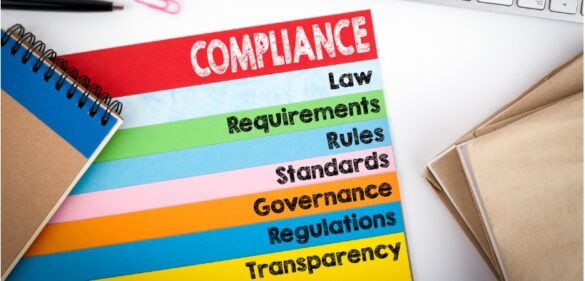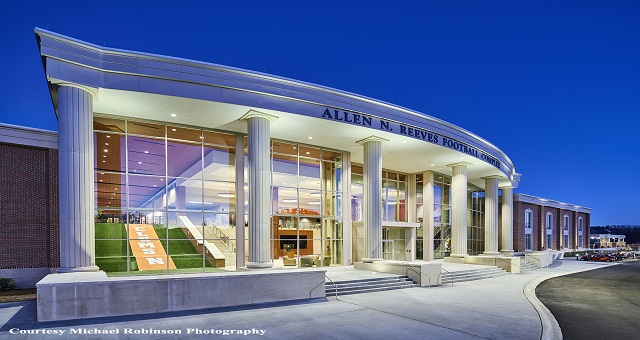Compliance in Higher Education: Six Considerations
This article first appeared in Academic Leader on February 1, 2019. © Magna Publications. All rights reserved. In the past year, compliance issues plaguing higher education touched on nearly every area of academic and social life—public space and free speech, harassment and sexual assault, academic integrity, and athletics. Universities and colleges face...
Clemson Provides Textbook Case of Performance-Based Fire Protection at New Football Practice Facility
The Allen N. Reeves Football Complex is the first in South Carolina history to utilize a performance-based design code analysis approach (tested to meet specific goals) to fire code safety, instead of a traditional prescriptive approach (adhering strictly to written codes), according to Paul Borick, one of Clemson University’s Capital...
Moving Beyond One and Done Sexual Misconduct Trainings
Basic sexual misconduct trainings are important, but for Title IX compliance and proper sexual misconduct training, administrators should do more. It is important to consider steps to take beyond simply baseline compliance.
How to Build a Threat Assessment Team on Campus
The list of potential risks and threats a university or college campus may face is quite long and complex. Threat assessment teams can facilitate the process of managing these threats, handling the decision-making process, and developing a supportive and proactive campus culture. Every team should be developed with the goal...
Six Practical Solutions for Racial Tensions on Campus
Almost five years ago, the Department of Education issued its “Dear Colleague” letter on Title IX and sexual violence. The letter was a not-so-subtle reminder that Title IX requires federally funded educational institutions to prevent sexual harassment and violence. After that, the day-to-day work of many higher education attorneys and...
Consumer Liability 101: Six Areas to Watch, Part II
While state consumer protection laws vary, there are certain defenses to liability that are common enough—and powerful enough—that all schools should be familiar with them. These defenses are (i) preserving and protecting your educational mission; (ii) acting in accordance with regulatory requirements; and (iii) for state schools, preserving and protecting...
Consumer Liability 101: 6 Areas to Watch, Part I
Students considering litigation against colleges and universities have powerful legal tools at their disposal: state consumer protection laws. These laws were designed to empower states and consumers to bring claims against companies that act unfairly or deceptively. Although the requirements of these laws vary from state to state, most allow...









